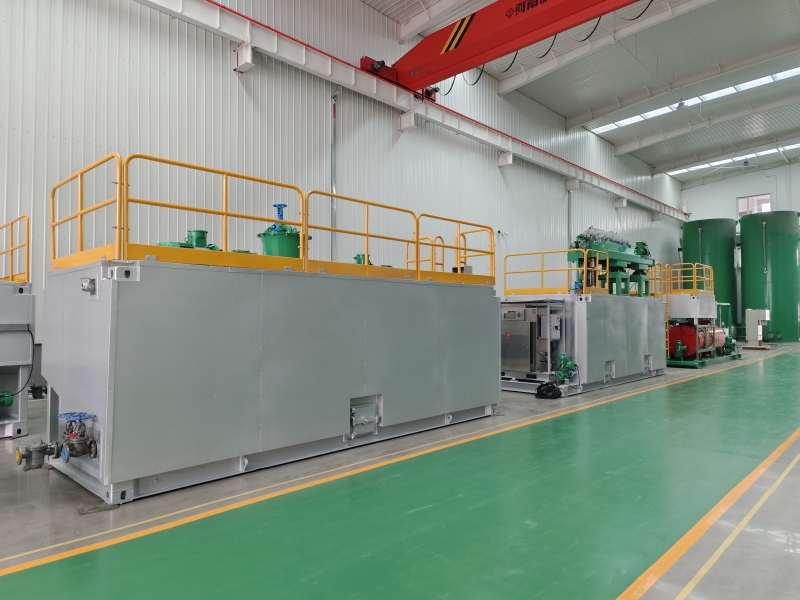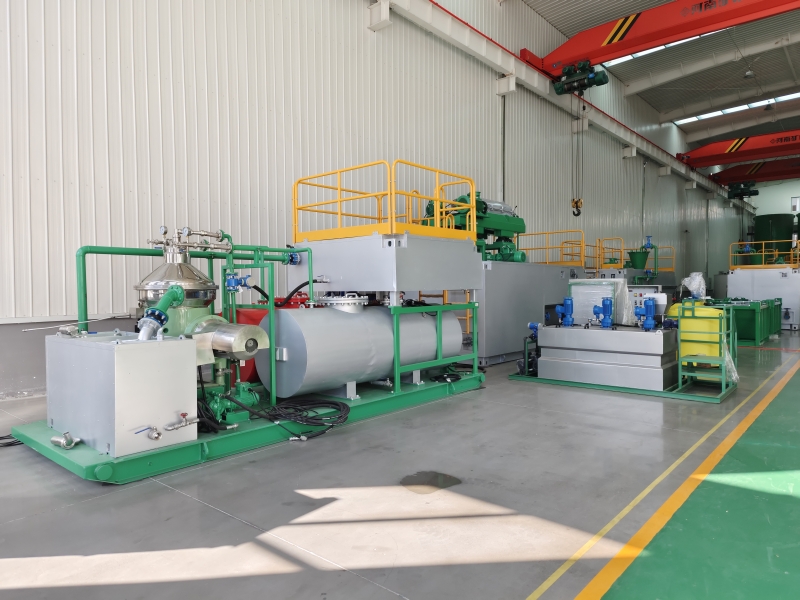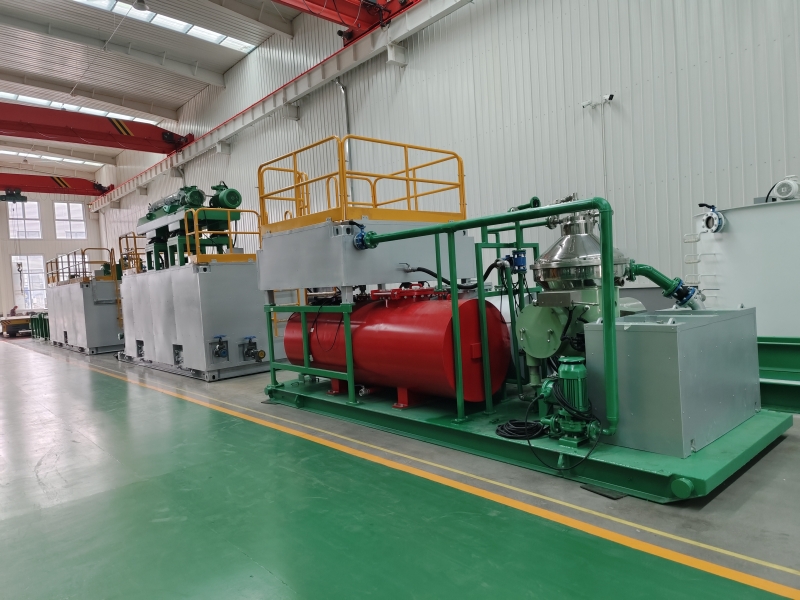


GN is a well-known brand from China, its full company name is HeiBei GN Solids Control Co.,Ltd which locadted in No.3 Industry Road, Dachang Chaobai River Development Area,Langfang, China; We are known around the world for unique innovation without compromise, sophistication while maintaining user simplicity, and superb service to our extremely wide customer base.specializing in supplying solids control& waste management equipment to the global market.
In the context of oil sludge treatment, a premix tank plays a crucial role in preparing the sludge for further processing. Here are some key points about its function and operation:
Function of the Premix Tank
- Mixing: The tank combines oil sludge with water and any necessary chemical additives. This ensures that the mixture is homogeneous and can react properly during treatment.
- Enhancing Separation: By thoroughly mixing the components, the premix tank facilitates better separation of oil from solids and water in subsequent treatment stages.
- Control of Conditions: The tank can help control parameters such as temperature, pH, and concentration, which can affect the efficiency of chemical reactions.
Operation
- Input: Sludge and additives are pumped into the tank. The tank may also receive water to aid in the mixing process.
- Agitation: Mechanical stirrers or mixers are often used to ensure the sludge is well mixed.
- Monitoring: Sensors may be employed to monitor parameters like temperature and viscosity, ensuring optimal conditions for the treatment process.
- Discharge: After sufficient mixing, the treated mixture is pumped out to the next stage of treatment, such as a separator or bioreactor.
A polymer unit in oil sludge treatment is used to enhance the separation of oil from sludge by adding polymers that promote coagulation and flocculation. Here’s a brief overview:
Function of the Polymer Unit
- Coagulation and Flocculation: Polymers bind to fine particles in the sludge, causing them to clump together into larger aggregates, making them easier to separate.
- Improved Settling: The larger flocs settle more quickly in a separation unit, improving the efficiency of the overall treatment process.
- Oil Recovery: By enhancing the separation process, more oil can be recovered from the sludge, making the treatment more effective.
Operation
- Polymer Addition: Polymers are introduced into the sludge stream at a controlled rate.
- Mixing: The mixture is agitated to ensure even distribution of the polymers throughout the sludge.
- Separation: After mixing, the treated sludge moves to a separation unit (like a centrifuge or clarifier) where oil and solids can be effectively separated.
tricanter is a type of centrifuge used in oil sludge treatment to simultaneously separate three phases: oil, water, and solids. Here’s a concise overview of its function and benefits:
Function of the Tricanter
- Separation: The tricanter effectively separates oil, water, and solid particles from the sludge in a single operation, improving efficiency.
- Continuous Operation: It operates continuously, which is ideal for high-volume sludge processing.
- Adjustable Parameters: The design allows for adjustments in rotation speed and other parameters to optimize separation based on the specific characteristics of the sludge.
Benefits
- High Recovery Rate: It maximizes oil recovery, reducing waste and improving the economics of treatment.
- Reduced Footprint: The tricanter can reduce the need for multiple separation units, saving space in treatment facilities.
- Lower Operational Costs: By streamlining the separation process, it can lower overall operational costs.
For effective reply, please find the contact info.
MichaelSong
Engineer Sales manager
Whatsapp:+86 17801799913